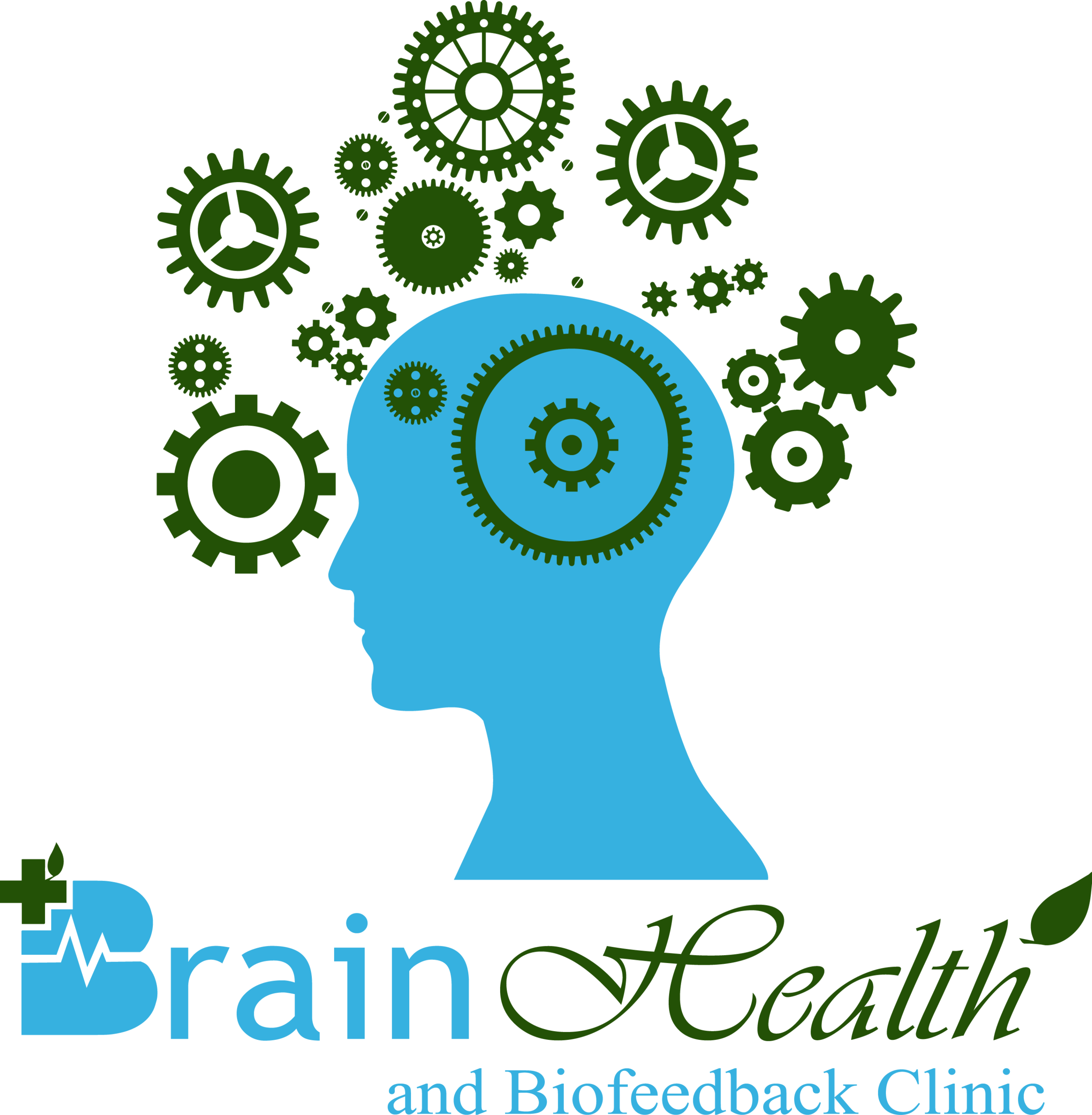What is Neurotherapy?
EEG neurofeedback, also known as EEG (electroencephalogram) biofeedback, is a safe, non-invasive, painless learning procedure during which sensors are placed on the surface of the patient's head. The sensors record brain electrical activation level and enable participants to learn to improve mental performance, normalize behavior and/or stabilize mood. The information is displayed on a computer screen, together with sounds, which change according to the brain's activity levels. Therefore, the patient can read, understand and influence his or her brainwave activity. Once the patient learns to access and regulate the brain more effectively, symptoms begin to improve or performance optimizes.
EEG neurofeedback is a natural, self-regulating approach that helps restore the brain's ability to function in the manner in which it was designed to function. It is perhaps the biggest breakthrough in non-invasive medicine in the last 50 years.
Also known as EEG biofeedback, braintraining and brain computer interface (BCI), neurofeedback utilizes the operant conditioning learning model to achieve self-regulation. Additionally, monitoring the brain’s bioelectrical system advises us of chemical as well as the electrical activity within the brain.
A neurofeedback session involves the client sitting in a comfortable chair in a quiet room. He or she will have electrodes placed on the part of the scalp where the training will occur, which is determined by the QEEG interpretation. The visual feedback on the computer screen and auditory feedback through speakers or headphones are positive reinforcement. Creating these reward parameters involves skill and training.
When the brain's electrical system is performing optimally, the computer will provide the sound and visual approval the clinician sets up. The brain responds to positive feedback and the absence of it on a very basic level and chooses to be rewarded.
After a number of sessions, to be determined by the clinician, and based upon session-to-session review and mid-treatment assessments, the changes are generally permanent. Once the optimized profile is established, the client may see subtle to dramatic behavioral changes. There are different forms of visual and auditory feedback. Knowing which ones to administer is the key to successful treatment.
Here at the Brain Health and Biofeedback we offer LENS and LORETA neurotherapy.
Please note: The technologies that we employ at The Brain Health and Biofeedback Clinic is very advanced and are for purposes of neurotherapy and brain training techniques only. Our EEG reports are not intended or designed for legal purposes or ACC medical reports.
Further reading:
A Consumer’s Guide to Understanding QEEG Brain Mapping and Neurofeedback Training - Robert Longo
A Symphony in the Brain - Jim Robbins
